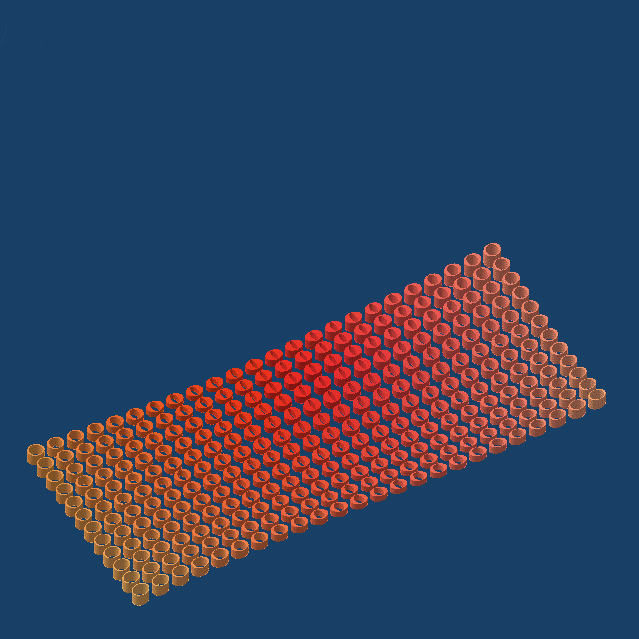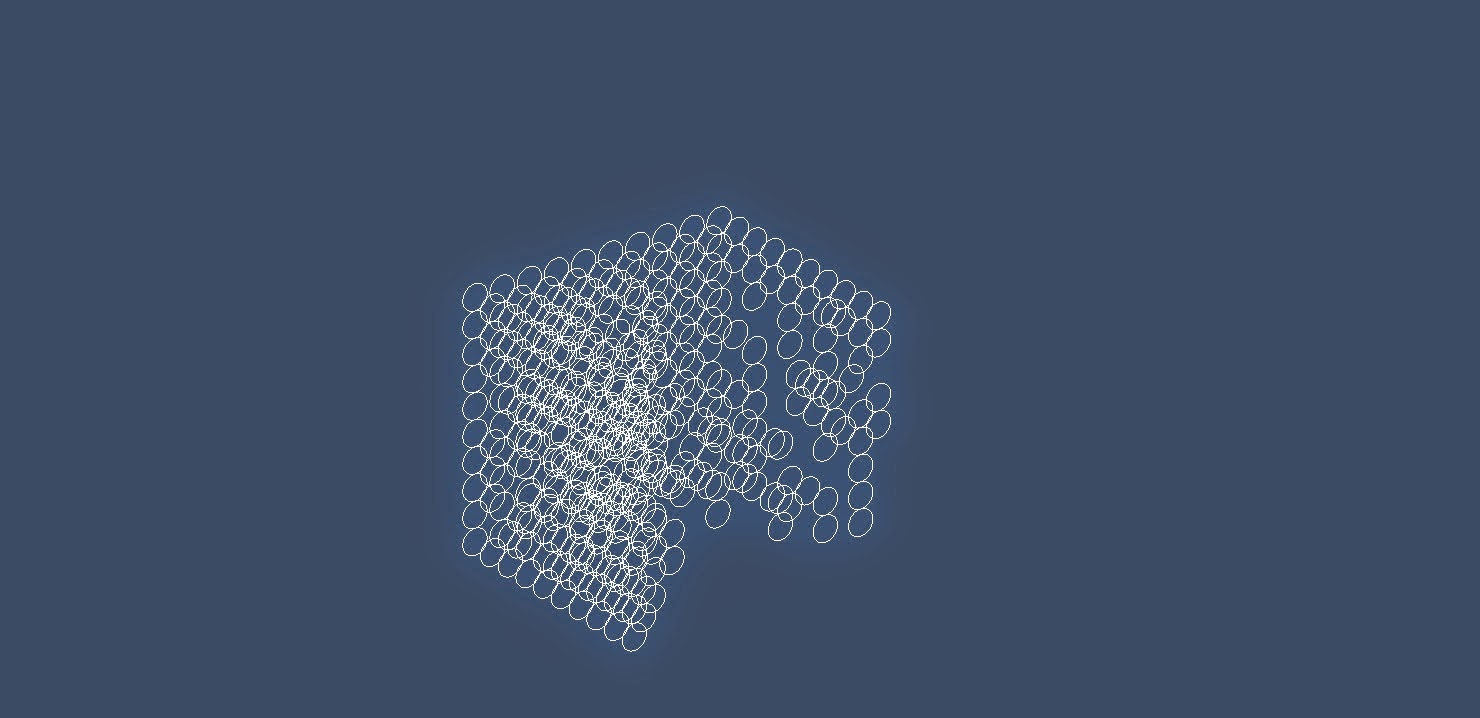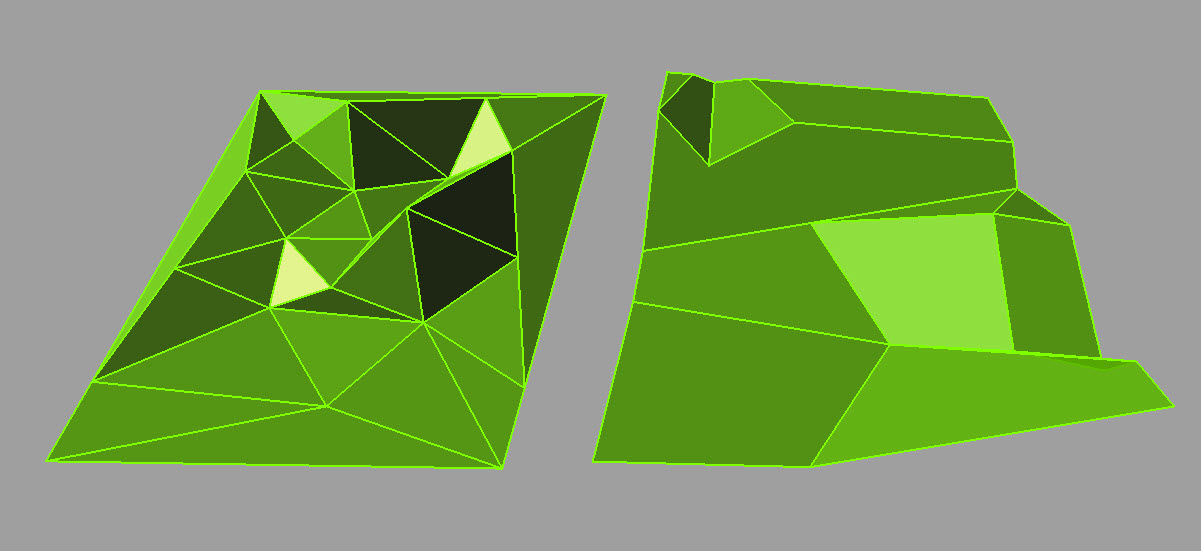Sunday, August 26, 2018
Sunday, July 8, 2018
new videos posted to Vimeo
Vimeo allows for playback on mobile devices and at a higher resolution than my previous approach.
I've been posting new tutorials to here:
https://vimeo.com/user62131707
I've been posting new tutorials to here:
https://vimeo.com/user62131707
Wednesday, July 29, 2015
CATIA / Digital Project Short Course
The MSMS and MSDT students are gaining some catia exposure this summer. Here are a few tutorials (and order) to support this introductory work:
Tutorial 001 2D Sketches
Tutorial 002 Surfaces
Tutorial 003 2D constraints and animating a mechanism
Tutorial 004 Solid Modeling
Tutorial 005 Control of Surfaces
Tutorial 001 2D Sketches
Tutorial 002 Surfaces
Tutorial 003 2D constraints and animating a mechanism
Tutorial 004 Solid Modeling
Tutorial 005 Control of Surfaces
MS Digital Technologies
The 2015 MSDT group is in session. The studio practicum course is investigating solid / void relationships and casting as a foundation for work with the precast industry this year. All work is digitally designed and digitally fabricated.
click the image to see the individual student work:
click the image to see the individual student work:
Labels:
studio
Saturday, January 31, 2015
Re-configurable Formwork
Building off the theme of a previous post, here is an example of a re-configurable formwork. All the panels are the same and all the panels are identical. By changing angles of the fold we are able to pleat or bunch, more and less locally across the surface. Here we are also able to simulate the range of movement as it's not infinitely flexible. As you pin the points, the overall assmebly begins to take its own form.
Image of physical prototype.
Labels:
assembly model,
developable,
geometry,
powercopy
Friday, January 23, 2015
Control of MultiSection Surfaces
With some recent work I re-learned a few aspects of adding further control to splines and multi-section surfaces. Using additional control surfaces one can specify the tangency at all edges of the multisection surface. For most applications this is not necessary but when you really need the control, this is an incredibly valuable aspect.
Image of initial model without tangency controlled.
Refined surfaces with tangency controlled.
See video below for the how-to tutorial.
Tuesday, January 13, 2015
New Years Resolution 2015 - Less Mass Customization, More Smart Manipulation
No teaching this term so there is time to advance some work, thinking, and research.
It is computationally inexpensive to create mass-customization but when it comes to some fabrication strategies the desire for complete unique parts begins to take its toll. Given the ability to control, develop, define, and manage geometric complexity I am developing some work which seeks to use standard parts that are able to produce custom configurations. I have begun to understand a hierarchy of part to sub-assembly to assembly and the cost / value ratio is not spread equally throughout that system. Using catia to simulate kinetic movement, parts can be fabricated (or 3D printed in compressed forms), shipped, and then reconfigured or opened.
Here is an animated screenshot of standard parts (with consistent lengths) manipulated by one parameter. I am studying the joints, rotations, and range of movement. This represents a framework for the control of more robust manufactured elements.
Labels:
assembly model,
project
Friday, November 7, 2014
Intro to Robotic Fabrication
The work is progressing nicely in the Intro to Robotic Fabrication seminar at Taubman College. The work of the seminar is aggregated on the course blog (HERE).
The seminar uses the Kuka Agilus Workcell to explore the potential of parametric thinking with architectural models. The architectural model represents an important site for architectural speculation and as computational processes create design ambitions where quantity drive qualities robots become a critical mode of architectural model production.
Image from Team BMO in the seminar. Here they are using the two robots to hold strips of waxed felt to produce a model of precisely twisted surfaces.
The seminar uses the Kuka Agilus Workcell to explore the potential of parametric thinking with architectural models. The architectural model represents an important site for architectural speculation and as computational processes create design ambitions where quantity drive qualities robots become a critical mode of architectural model production.
Image from Team BMO in the seminar. Here they are using the two robots to hold strips of waxed felt to produce a model of precisely twisted surfaces.
Labels:
parametric,
robots,
seminar
Wednesday, October 8, 2014
New and improved POWERCOPY tutorial
Previous tutorials used sketches to build the powercopy. This new method is much more robust and will not break like previous approaches did. There are times when using sketches makes sense but this method will be less likely to break down.
(click image to launch tutorial)
Based on feedback this video is much higher resolution (so it may take a minute to initiate depending on your connection speed).
It has also been a while since the last video tutorial and my settings were lost. I apologize for the poor sound quality and I will resolve this as I produce future tutorials.
(click image to launch tutorial)
Based on feedback this video is much higher resolution (so it may take a minute to initiate depending on your connection speed).
It has also been a while since the last video tutorial and my settings were lost. I apologize for the poor sound quality and I will resolve this as I produce future tutorials.
Labels:
parametric,
powercopy,
tutorial
Friday, August 1, 2014
Daubmann named Director of Masters of Science in Architecture
I have been named the Director of the Masters of Science in Architecture degree at Taubman College. This new role began this summer and I am looking forward to the challenges of this position. I am really excited to be shaping the direction as we consider the role and opportunities associated with these types of research degrees.
More to come soon.
Labels:
misc
Sunday, June 1, 2014
Simple approach to mapping
This model is an approach to mapping a series of divergent agendas. A number of geometric and visual traits are triggered by 4 attractor points. The cylinders are generated on a topography. The cylinder varies its height, thickness in two directions and its color as informed by the proximity to the multiple atractor points.
The model uses a knowledge pattern that is informed by a series of embedded rules controlling the color and two thicknesses). The animation only moves the attractor points and leaves the topography in place.
The model uses a knowledge pattern that is informed by a series of embedded rules controlling the color and two thicknesses). The animation only moves the attractor points and leaves the topography in place.
Labels:
knowledge pattern,
parametric,
rules
Friday, May 2, 2014
seminar final work
The final projects have all been posted to the student blogs at the course blog. Here are a couple of the final projects with links.
Eric's sheet metal feathers scripted with attractor points and unfolded for fabrication:
Nate's scripted matrices:
Mark's tetrahedral solid subtraction:
Yin's scripted dynamic facade:
Eric's sheet metal feathers scripted with attractor points and unfolded for fabrication:
Nate's scripted matrices:
Mark's tetrahedral solid subtraction:
Yin's scripted dynamic facade:
Tuesday, January 21, 2014
Course blog up and running for Intro to RoboFab
Here is a link to the course blog. We are aggregating all of the student work on the site too.
Intro to Robotic Fabrication
Intro to Robotic Fabrication
Sunday, January 19, 2014
Course Blog up for Generative Design Computing
Here is a link to a site that will aggregate all the student work from the seminar:
Generative Computing Winter 2014
Taubman College of Architecture
Generative Computing Winter 2014
Taubman College of Architecture
Sunday, January 12, 2014
Folding Techniques in Rhino for UG2
Here is a link to a video tutorial to supplement a workshop that I did for the UG2 Design Studio. The assignment asks the students to consider the role of folding as a technique. Click the image to launch the video.
Labels:
developable,
rhino,
tutorial
Saturday, January 11, 2014
Exciting Courses this Term
I'll am super excited to be teaching two digital design courses this term at Taubman College:
-Intro to Robotic Fabrication: this course will be using an Agilus work cell to explore the potential for digital fabrication and manufacturing tools to re-inform our understanding of architectural models as tools for design speculation.
-Generative Computing: this course will build on the successes of the Virtual Engagement seminar offered to the MS_DT students but will intensify the discussion of randomness as a tool for the production of multiple and varied populations of design.
-Intro to Robotic Fabrication: this course will be using an Agilus work cell to explore the potential for digital fabrication and manufacturing tools to re-inform our understanding of architectural models as tools for design speculation.
-Generative Computing: this course will build on the successes of the Virtual Engagement seminar offered to the MS_DT students but will intensify the discussion of randomness as a tool for the production of multiple and varied populations of design.
Saturday, December 28, 2013
Friday, December 20, 2013
MS_DT Virtual Engagement Seminar
The Fall semester is just about wrapped up and as I complete the grading for the MS_DT core seminar, I wanted to share the student blogs. Embedded within these blogs are new takes on the evolving assignments and tutorials, there are some new tools and workbenches that have been explored, and a few very fresh digital design approaches. Enjoy the work.
Ana Chris David Emad Han-Yuan
Punam Mengqi Pandush Yi
Here is a link to the one page course description.
Ana Chris David Emad Han-Yuan
Punam Mengqi Pandush Yi
Here is a link to the one page course description.
Wednesday, December 4, 2013
Using Random Rules to Generate Form
Here are images of a new project where random rules are used to size and orient a box with one open side.
A hybrid design powercopy is used in a part body. Each solid powercopy is located in a framework with one insertion point. A design table pulls random numbers from an excel file. Missing boxes are dropped out with another random rule that allows for some of the boxes to be made interactive (hidden).
Below are additional iterations from a different perspective. The framework is also quite flexible so that can be manipulated by user inputs.
Here is a link to a zip file with the catpart file, the design table excel file, and a txt file with the rule I used to randomize the orientation and size of the boxes.
Labels:
parametric,
powercopy,
project,
rules
Sunday, November 10, 2013
CATIA - Design of Experiments
This tutorial explains how Design of Experiments works with CATIA. This automates the creation of a large population of design solutions based on selected parameters. Click HERE for the tutorial.
Labels:
parametric,
tutorial
Subscribe to:
Posts (Atom)









.JPG)














